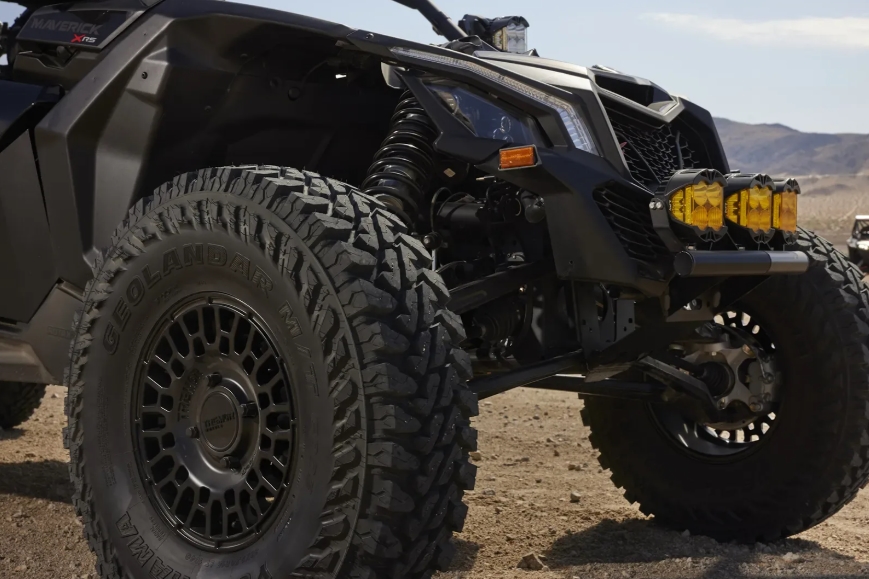When it comes to striking the perfect balance between city streets and rugged trails, one of the most important decisions a driver can make is selecting the right all-terrain tire. For many vehicle owners, the challenge lies in finding a tire that can handle the unpredictability of off-road conditions while still offering a smooth, quiet ride on highways. This is where understanding the features, benefits, and a difference of all-terrain tires becomes essential.
Why All-Terrain Tires Stand Out
Unlike standard road tires, an all-terrain tire is built to perform in both paved and unpaved environments. These tires feature aggressive tread patterns designed to provide superior traction on gravel, dirt, mud, and even snow. At the same time, they maintain enough refinement to ensure a comfortable ride during daily commutes.
For drivers who split their time between workday errands and weekend adventures, all-terrain tires offer a practical solution. They save vehicle owners from the inconvenience of constantly switching between regular tires and off-road options.
Balancing Daily Driving and Off-Road Needs
Not every driver requires the most extreme tire on the market. For those who spend most of their time on city streets but occasionally venture onto trails, choosing an all-terrain tire that emphasizes comfort and durability is key. Modern designs now incorporate noise-reducing tread blocks, making highway travel quieter than ever before.
On the other hand, for outdoor enthusiasts who often encounter mud, sand, or rocky terrain, an all-terrain tire with deeper grooves and reinforced sidewalls can make all the difference. These features reduce the risk of punctures while delivering strong traction where it matters most.
Considering the Best Mud Tires
When exploring tire options, drivers who frequently face muddy trails may want to compare all-terrain tires with the best mud tires available. While mud-specific tires provide unmatched grip in deep, slippery conditions, they may not offer the same level of comfort or fuel efficiency on regular roads.
This is where the versatility of a well-designed all-terrain tire truly shines. It bridges the gap, offering enough traction for occasional muddy adventures while remaining practical for everyday use. For most drivers, this balance proves to be the most cost-effective and convenient choice.
Key Factors to Look For
When evaluating an all-terrain tire, here are a few considerations to keep in mind:
- Tread Design: Look for a pattern that combines off-road grip with quiet highway performance.
- Durability: Reinforced construction helps withstand rocks, gravel, and uneven surfaces.
- Comfort: A good all-terrain tire should deliver a smooth ride without excessive noise.
- Weather Performance: Consider tires with all-season ratings for year-round reliability.
- Value: Balancing cost with performance ensures long-term satisfaction.
Final Thoughts
Choosing the right all-terrain tire is not just about aesthetics or brand names it about understands your driving lifestyle. For those who need flexibility, these tires deliver a winning combination of durability, comfort, and performance. And while the best mud tires excel in extreme conditions, an all-terrain tire often proves to be the most versatile option for everyday drivers who want the freedom to tackle both highways and trails with confidence.





Comments